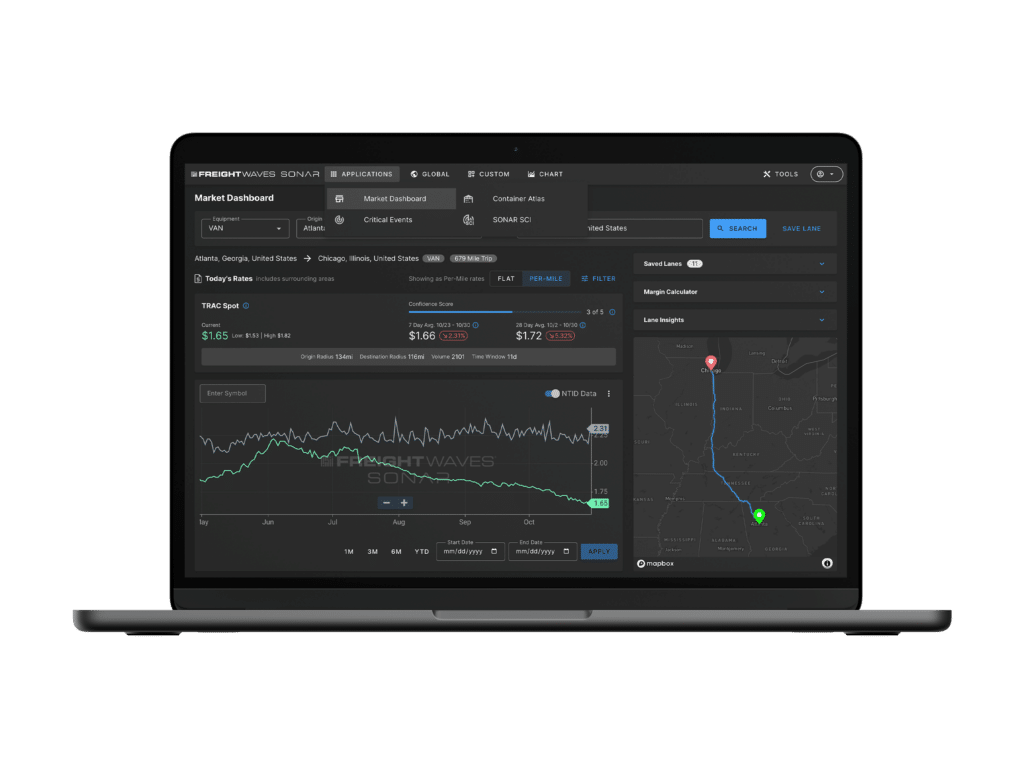Supply chains are continually advancing. Transportation optimization is the new standard for efficiency. New types of freight tech are rising to the forefront of the industry. According to Greg Siefkin of Material Handling & Logistics, “Forward-thinking supply chain professionals are looking to advanced technologies to streamline processes, improve accuracy, accelerate delivery and reduce costs. Cloud-based supply chain management tools, the Internet of Things (IoT), artificial intelligence (AI), and machine learning are expected to figure prominently in future supply chain operations. Today’s supply chains are increasingly complex, driving logistics operations to invest billions in systems to manage all the moving parts.” The sum of that freight tech volume is somewhat ironic – data overload and an inability to manage due to the inefficient use of several systems. However, application programming interfaces (APIs) are bringing insights and freight tech together. Freight managers need to know why.
The biggest reason for using an API is simple. Connected systems can collect data in near real-time, limited only by the speed of an internet connection. Near real-time data aggregation merely means data is outdated by a few seconds or minutes, not days or weeks. Why is that advantageous? Well, think about what happened during the pandemic. Products literally flew from store shelves, and customers were angry. Fortunately, companies could get things moving to restock essential items, and they relied on real-time freight data to redistribute fleets, loads and drivers to markets where the demand was highest. It’s really that simple.
Freight tech that uses APIs also benefits from more accurate data and fewer errors. Remember that manual data re-keying and sharing can be problematic. People make mistakes. Typo’s or switched numbers happen, and they happen without even realizing it. And all too often, that kind of mistake can be devastating for freight management. In fact, there is a typo in this very paragraph. Did you catch it? If not, then the chances are that your manual data re-entry has at least one error. Meanwhile, an API would have ensured the data was accurate and identical to the original source.
There is another problem with connecting systems the old way and pulling data from systems manually – useless data. When freight analytics run through a dataset, the data might be outdated or inaccurate. It could be full of errors. It all depends on the quality of the data source. And if a problem like that does happen, it could contribute to thousands of dollars (or even hundreds of thousands) in lost revenue or massive delays. And even still, finding the cause of the inaccuracy is much more challenging, if not impossible, without knowing where to look. Instead of wondering about useless data, using an API to connect systems can free additional resources to focus on deriving actionable insights from data and maintaining it – maximizing its real value.
Consider this. According to Talking Logistics, “First, most companies still try to manage and analyze their data manually, even though the expansive supply chains of today generate way too much data for this to be plausible. Relying on manual analysis is like using messenger pigeons in an age of web conferencing, email, and single-click mass communication. Second, data is often siloed by business unit, department, team, region, or simply the organization’s technology paradigm when the data was captured. Most enterprises have more than 400 different applications supporting their operations. Without a centralized means of control, the risks of data disorganization, corruption, and loss are acute.” Instead of wasting time trying to collect and analyze data manually, freight tech powered by an API streamlines the process. Using an API to connect data to analytics engines, such as those that power capacity forecasting tools, can avoid useless data.
Freight tech should use APIs, not manual re-keying processes, to make the most of technology and its advancements. Supply chains are still undergoing massive digital transformation. Older platforms are being replaced or brought into the digital twin of logistics. As companies expand, using an API is not merely about digital transformation. It becomes something more – a way to connect and share information, leverage the power and might of analytics, and act as an invaluable resource for process improvement. Learn more about how your organization can unlock new value by using the premier API-driven freight forecasting platform – FreightWaves SONAR. Visit SONAR online to schedule a demo and explore the possibilities of its APIs in freight tech now.
